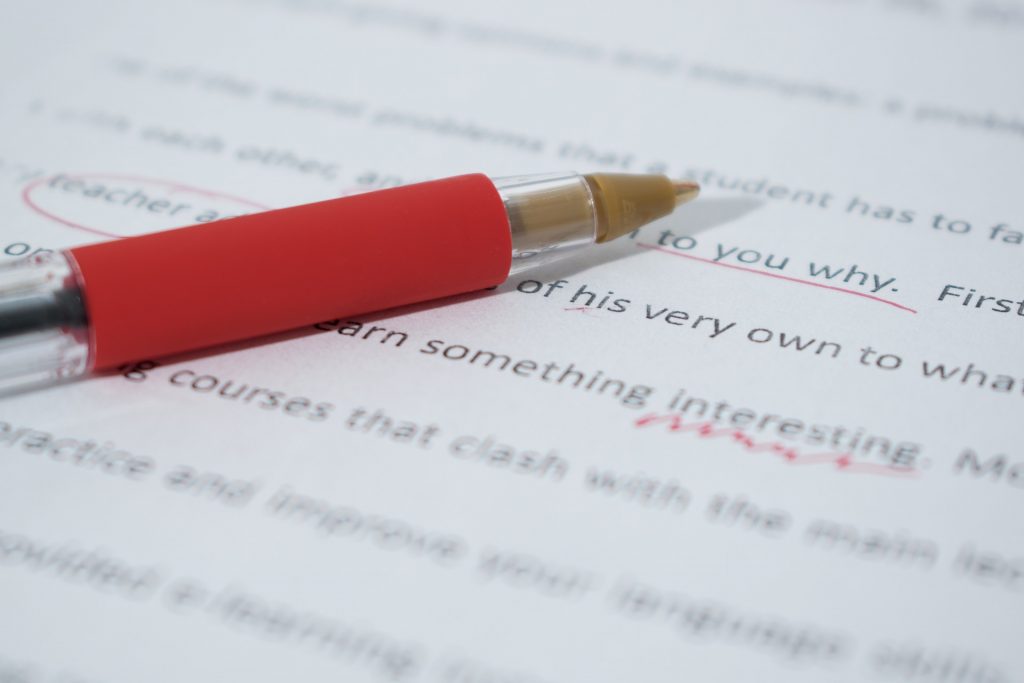Are you looking for hacks for teaching students to use subject-verb agreement while writing? If so, keep reading.
1. After checking the student’s written work, make sure they make all appropriate corrections in subject-verb agreement.
2. Assess the type of grammatical model that the student is exposed to at home. Without placing negative connotations on their parents’ grammatical style, explain the difference between standard and nonstandard grammar.
3. Correct the student every time they use subject-verb agreement incorrectly when speaking.
4. Get the student to make up sentences with given verbs and subjects.
5. Explain that specific forms of verbs go with specific subjects and that correct subject-verb agreement requires an appropriate match of subject and verb. Teach the student several possibilities of subject-verb agreement and how to choose the correct one.
6. Provide the student a choice of answers (e.g., more than one possible answer, multiple-choice items on a worksheet, etc.) to facilitate their capacity and ability to recognize the correct answer.
7. Get the student to pick out the correct verb when given choices on “fill-in-the-blank” worksheets.
8. Give the student an app or a hand-held educational device that gives practice and reinforcement in subject-verb agreement.
9. Provide the student a sequence of sentences with both incorrect and correct usage of verbs and ask the student to find which are correct and incorrect.
10. Get the student to find examples of correct subject-verb agreement in their favorite books or magazines.
11. Provide the student a sequence of sentences, both written and oral, and have them find which ones are grammatically correct and incorrect.
12. Get the student to practice correct subject-verb agreement by providing the student with several sentences with errors on the smartboard or overhead projector. The student is then expected to correct the subject-verb errors and discuss them with the teacher.
13. Converse with the student to explain that they are using unacceptable subject-verb agreement and emphasize the importance of writing grammatically correct sentences.
14. Get the student to read the written work of peers in which subject-verb agreement is used correctly.
15. Spotlight subject-verb agreements in the student’s reading to call attention to appropriate combinations.
16. Get the student to write sentences with given verbs and subjects.
17. Play Concentration to match subject-verb agreement.
18. Get the student to help correct other students’ written work by checking the subject-verb agreement and correcting the task.
19. Find the most common errors the student makes in subject-verb agreement. Get the student to spend time each day writing one or more of these subject-verb combinations in correct form.
20. Create a list of the correct forms of subjects and verbs the student has difficulty writing correctly. Get the student to keep the list at their desk for a reference when writing.
21. Consider using one of the apps on one of our best writing apps lists:
The Tech Edvocate’s List of 31 Grammar & Writing Apps, Tools & Resources
Ten Apps to Help Learners Develop Writing Skills
10 of the Best Grammar and Writing Apps for Elementary School Learners
11 of the Best Grammar and Writing Apps for High School Learners
10 of the Best Grammar and Writing Apps for Middle School Learners











